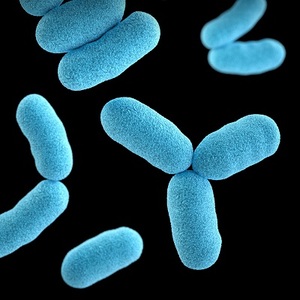

The planet Venus, as described in a previous article, has some of the harshest conditions in the solar system. The average surface temperature on Venus is 864°F, which is hot enough to melt lead, its atmosphere is about 96% carbon dioxide, and its clouds are 90% sulfuric acid. Despite these seemingly inhospitable conditions, an international team of astronomers has discovered a possible chemical marker of life high in the clouds of Venus, namely the molecule phosphine.
On Earth, phosphine is only produced via man-made industrial sources, or by microbes that thrive in oxygen-free environments. These microbes use phosphate that they take in from minerals or other biological material, add hydrogen to it, and release phosphine as a byproduct.
The first hint of phosphine was discovered with the James Clerk Maxwell Telescope in Hawaii, and subsequently confirmed using the 45 antennas of the Atacama Large Millimeter Array in Chile. The concentration of phosphine detected was 20 molecules per billion. Running calculations, the team has confirmed that even though this concentration is relatively low, it is too high a concentration to be explained by physical processes, such as sunlight, winds blowing the compound from the ground, volcanoes, or from lightning.
High in the clouds of Venus, the temperature is certainly more hospitable to life, getting up to 30°C (86°F), but microbes on Earth can only tolerate 5% acid in their environment, whereas any life in Venus’s clouds would have to endure a 90% acidic environment.
This latest discovery presents an intriguing first step in confirming life in the clouds of Venus, but other observations still need to be done to rule out any other chemical processes which could produce phosphine, outside of the biological realm.






